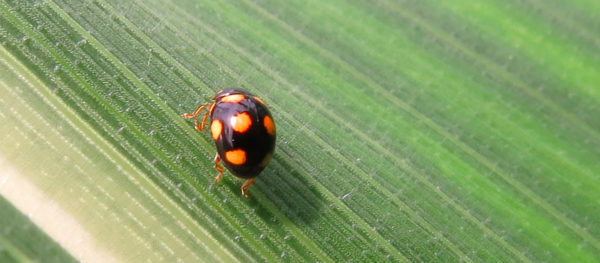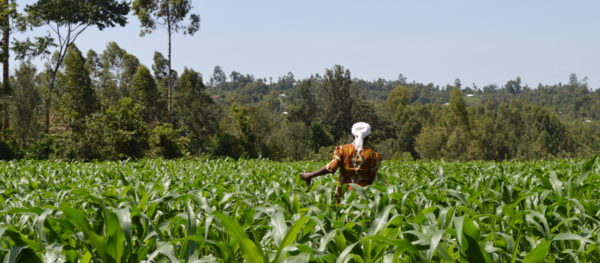Tag: pests

How Science is Helping Farmers Stop the Relentless March of Pests
Northern America: Technology and science can help to meet one of the greatest threats to a farmer’s crops – pests and disease.
Read MoreFarmers Need Long-Term and Short-Term Solutions to Combat Fall Armyworm in Kenya
Africa & Middle East: The rampant Fall Armyworm caterpillar is once again threatening harvests across the continent for a second year - what solutions exist for farmers?
Read More

